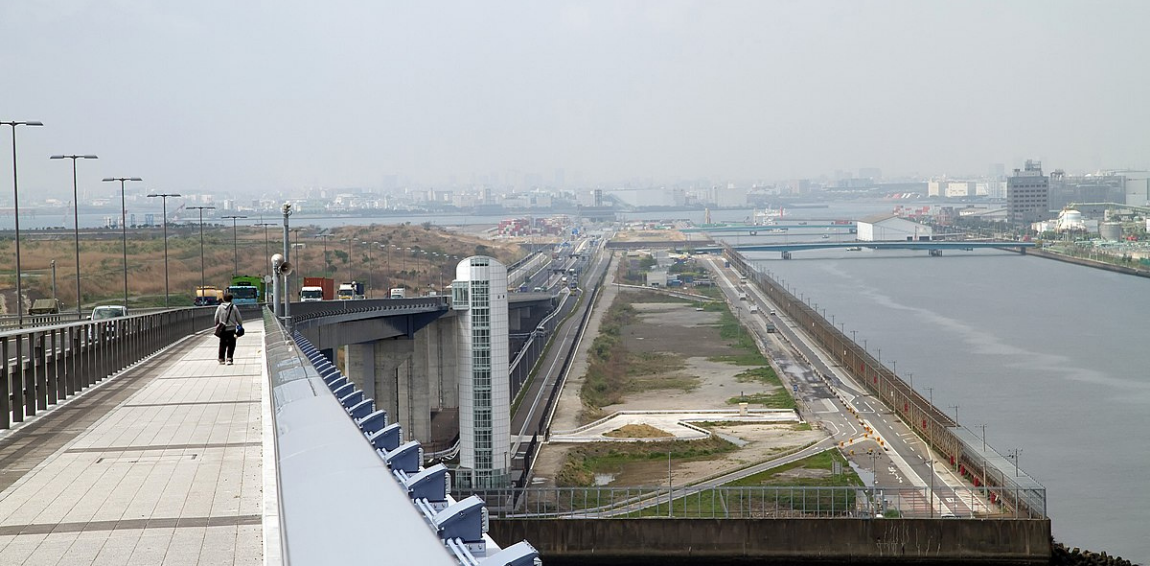Summer of 2020 was supposed to be the year of the Tokyo Olympic Games. Of course, because of the global pandemic we’re experiencing, the games had to be pushed back to this year.
Because of the COVID-19 pandemic, Tokyo has been diligent about ensuring its protocols are up to standard in order to keep all the competing athletes safe. While they are doing their best, there seems to be a new problem emerging for Tokyo – and that would be an oyster problem.

Currently, the Olympic canoeing and rowing events are being held in the Sea Forest Waterway in Tokyo Bay. However, it seems that oysters have been taking up residence along the existing course, causing some problems.
There were plenty of floats that were installed across the bay in order to keep the waves from crashing onto the athletes who were competing. But what Tokyo officials didn’t anticipate was the huge number of oysters that would end up attaching themselves to the buoys.

In fact, there were so many oysters at one point, that their combined weight caused the floats to begin to sink along the course!
It became such a problem, that according to BBC, the entire problem cost roughly $1.3 million to take care of as they had to bring in special equipment to collect and remove the 14 tons of oysters that had made themselves at home along the course’s buoys.

The species of oyster were the magazine oysters, which are considered to be a delicacy during Japan’s winter months. These specific oysters can be found across the Pacific ocean, as well as parts of North America, Australia, Europe, and New Zealand. However, these oysters that were removed were not considered for public consumption because they would require too many safety checks.













